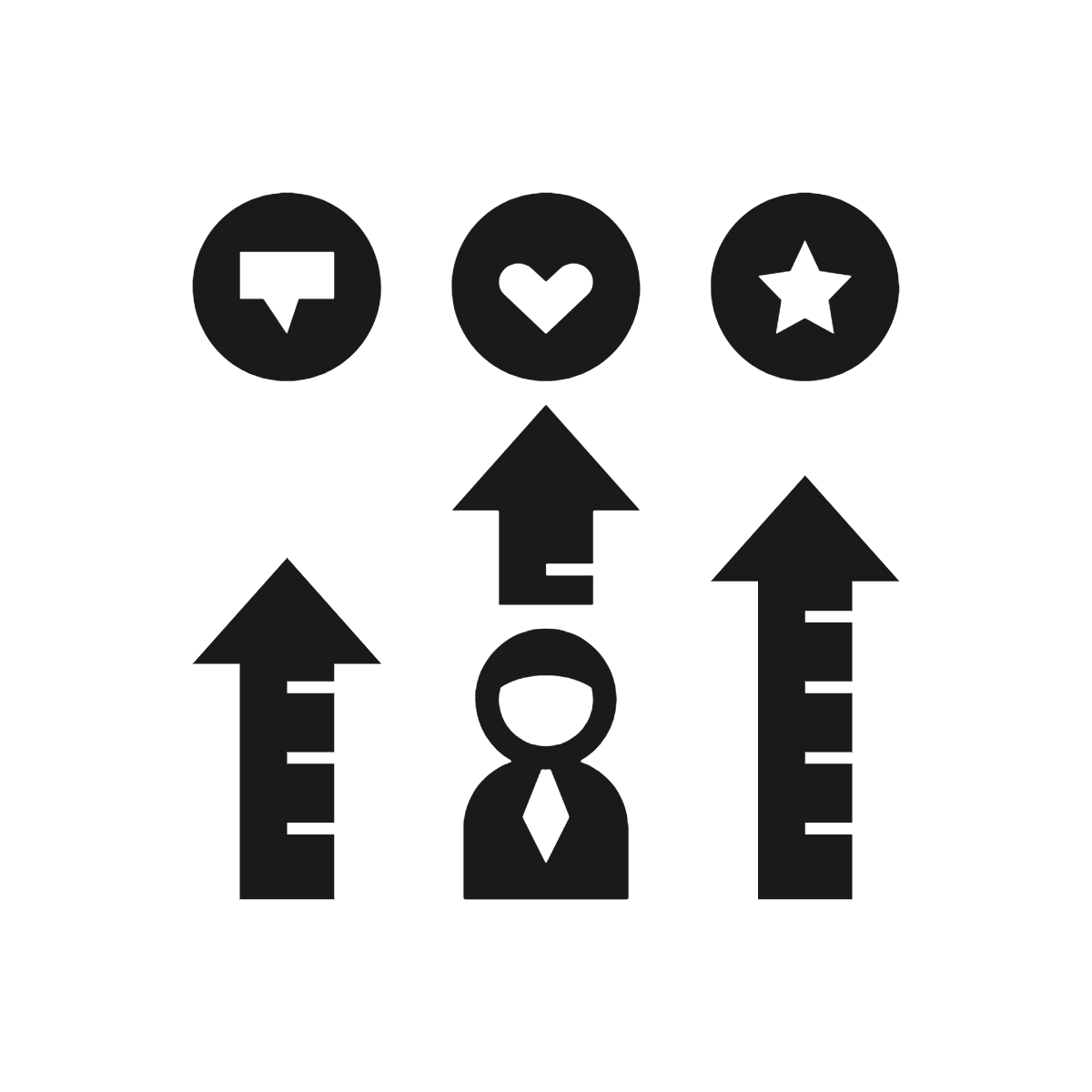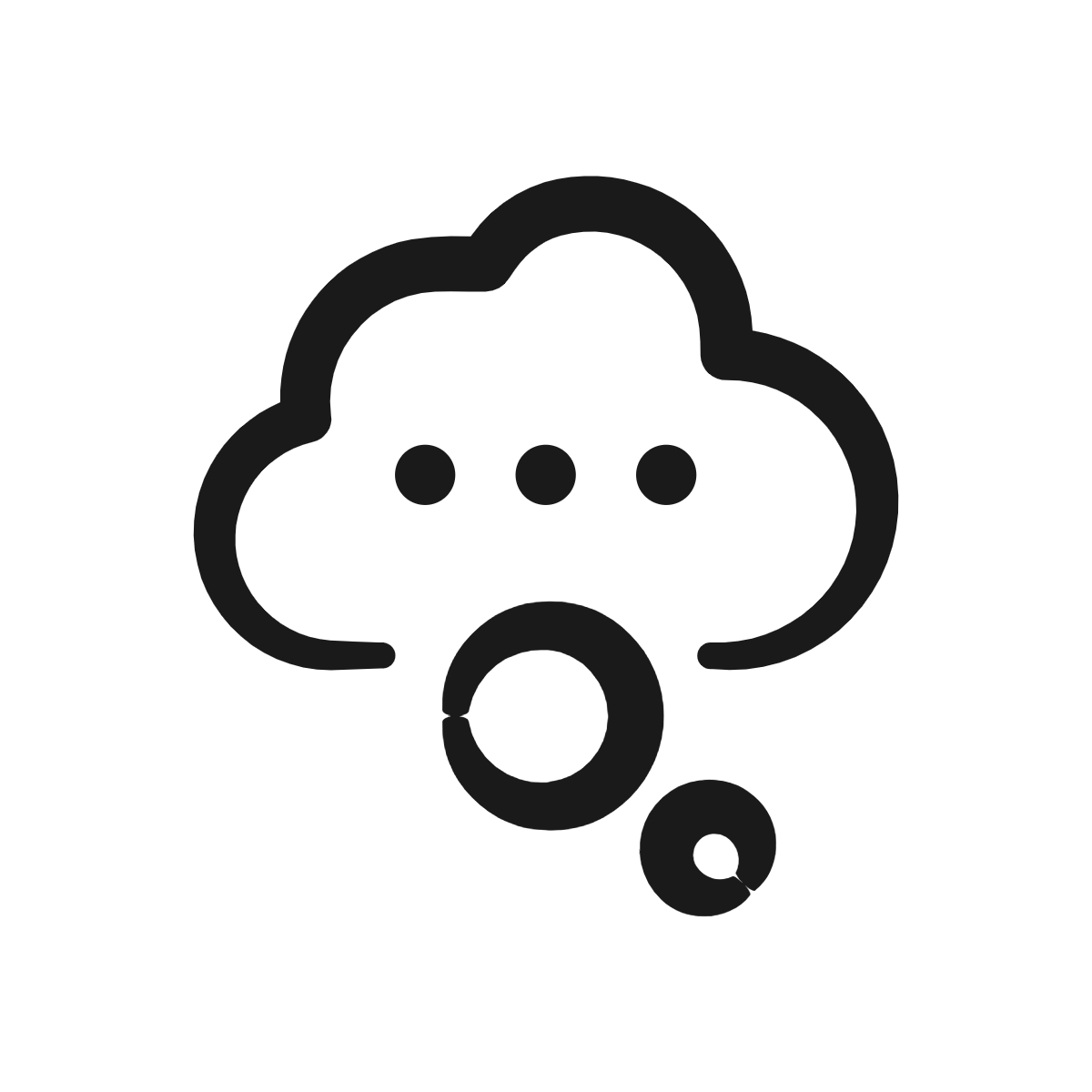
When students don't have reliable access to internet at home, what can they do to keep learning going? Here are 10 no-internet activities.
When schools turned to remote learning all across the world, it only further pointed out a stark reality.
Not all students have reliable internet access.
- Some students have devices -- school-provided or otherwise -- but spotty or non-existent internet.
- Some students rely on internet from only a cell phone. Data limits and inconsistent reception make this a problem.
- Some students don't have devices at all -- or home internet at all.
If we want to keep learning going but don't have equitable technology options, what can we do?
For one, we can use textbooks and paper. I know, I know. This blog is titled Ditch That Textbook. But ever since the blog's creation, I've identified that textbooks are a resource -- and that in today's schools, we can do better than marching chapter by chapter through a textbook.
But when we don't have the benefits of a face-to-face school, we're missing crucial elements to success: reliable Internet, a teacher's presence, fellow classmates, etc. Textbooks and paper don't need WiFi. They don't need electricity. When significant disparities in technology exist, these no-tech options might be best.
When students do have devices and internet, we don't have to rule that out. If access to devices and internet fluctuates, students can have options with tech and without.
So ... what could those no-tech options look like?
Aside from assigning worksheets and chapter review questions, here are 10 no-internet remote learning activities to help students grow when not at school. These are the types of activities that don't take a lot of explaining. They're not easily graded. But their benefits are huge -- and could be exactly what students need.
1. Read.
When I co-authored Ditch That Homework with Alice Keeler, we looked at a LOT of homework research. Most of it was inconclusive or contradicted each other. But one piece of research was clear. There's one thing students can do at home academically that has solid benefits.
Reading. Free, independent reading. From Bernice Cullinan in School Library Media Research: "The amount of free reading done outside of school has consistently been found to relate to growth in vocabulary, reading comprehension, verbal fluency, and general information (Anderson, Wilson, and Fielding 1988; Greaney 1980; Guthrie and Greaney 1991; Taylor, Frye, and Maruyama 1990)."
Encouraging students to read independently during remote learning may be one of the most effective things we can do.
Limitations: Not every student will have a library of books to choose from at home. And traditional libraries may be inaccessible. However, if students can get their hands on books to read, this can be powerful.
2. Teach someone.
When you became a teacher, did you find that teaching students improved your understanding of your material? There's something to that. Teaching something you know improves your understanding of it. According to an article in Applied Cognitive Psychology, "Teaching educational materials to others enhances the teacher's own learning of those to‐be‐taught materials."
Students can teach others what they've learned -- whether they learned it in the classroom or somewhere else. Teach a sibling. Teach a parent. Teach anyone willing to listen.
Limitations: Teaching someone, of course, depends on knowing and remembering content or skills. We can only teach what we already know. (Or should only teach what we know.) This doesn't push forward new learning. However, it could be argued that strengthening long-term learning with what we've already learned is just as important as learning more new concepts.
3. Start a passion project.
What are your students passionate about? What would they spend hours of their own time doing -- even if no one asked them to do it?
The answer is likely the beginning of a passion project. This may be a project that they wouldn't be able to do -- or might not make time to do -- under normal circumstances. Identify passions. Pick one to pursue. Visualize a project. Outline the steps. Get started.
Limitations: Identifying passions could be tough for students. Sometimes, as a kid, it's hard to put your stake in the ground and say, "I really like this. A lot." Pursuing the project could take resources they just don't have. But finding a project to take on that's doable could be a great use of students' time.
4. Learn a skill.
This is similar to a passion project -- yet different. The passion project is outcome-based. What project will I take on? The skill is more, well, skill-based. What can I get better at?
Learn an instrument. Practice a new language. Improve free-throw shooting. Skill development requires repetition. If students have the time, they can use it to create strong neural pathways in their brains.
Limitations: Learning a skill depends on a certain amount of knowledge/understanding before repetitions can lead to higher levels of that skill. It also may depend on having equipment, tools, etc. But students can find something they can improve with what they have available to them.
5. Ask someone questions.
No matter their home environment, students likely will have access to people. Everyone has a story to tell or something to teach. Put that to good use!
Students can ask someone lots of questions. Ask about their lives. Ask about their jobs. Ask about important accomplishments. Ask about something they're good at.
Question Formulation Technique (QFT) can help students develop and ask questions. The steps include:
- Create a question focus.
- Produce lots of questions.
- Improve your questions.
- Strategize.
- Reflect.
Limitations: Not many. Anyone can ask questions, and most everyone has access to people.
6. Make something you're proud of.
Passion projects focus on enthusiasm. Developing a skill focuses on repetition and practice.
Now, here's something similar yet different: make something you're proud of. This focuses on time. Pick something you want to do. Take the time to make it just right. Draw or paint a picture. Create a Lego sculpture or an impressive Minecraft world. The only requirement: it has to meet your OWN standards.
Limitations: Like the skill and the passion project, student must have the materials and tools necessary. But hopefully, they have access to something -- even paper and a pencil. (And yes, Minecraft can be done without internet access. Users can download the app and use it offline.)
7. Recall what you've learned.
In #2 above, I argued that strengthening learning long-term could be as important as acquiring new learning. Thankfully, one of the most powerful ways to encode ideas in long-term memory doesn't require internet. It's called retrieval practice.
It's the research-based idea that long-term memory is improved when we pull ideas out of our memory. Do a brain dump of ideas learned recently or a long time ago. It helps us remember them for the future. RetrievalPractice.org has TONS of ideas for incorporating retrieval practice into K-12 learning. Encourage students to do brain dumps on specific topics (or more general ones). Encourage them to make lists, draw pictures, write freely, etc.
Limitations: Students can only retrieve what they've learned. But there's a LOT they've learned -- whether in class or out of class. We can help their long-term memory of it if we encourage them to retrieve it. Get creative with what topics on which they retrieve.
8. Reflect.
Students learn a lot. But the impact often isn't as great when they don't get to reflect on what they've learned. How does it fit with what they already know and believe? What will they do with it now that they know it? What questions do they still have? According to researchers Wolfgang Schneider and Michael Pressley, students equipped with metacognitive knowledge about reading and memory improve their use of reading strategies.
In Don't Ditch That Tech, which I co-authored with Nate and Angie Ridgway, we listed several areas where students could practice reflection. They included: goal setting, chunking, problem solving for self-regulation, and evaluation.
Limitations: Giving students some guidance on reflection can help them do it more effectively. But reflection really just requires people and their thoughts.
9. Exercise.
Exercise won't teach your students new content. But it primes the brain for thinking, and an exercise routine can make students' brains more cognitively agile.
"To keep our brains at peak performance, our bodies need to work hard," writes John J. Ratey M.D. in Spark: The Revolutionary New Science of Exercise and the Brain. "If you had half an hour of exercise this morning, you're in the right frame of mind to sit still and focus on this paragraph, and your brain is far more equipped to remember it."
If exercise has those powerful benefits, encouraging students to build an exercise routine can make them better students for the rest of their lives.
Limitations: Everyone has different physical limitations. Fitness products always encourage consultation with a doctor before embarking on a new fitness program. But an appropriate physical exercise routine can benefit anyone.
10. Be still.
Be alone. Be quiet. Your brain will thank you. The research-backed benefits of solitude, according to Psychology Today: rebooting your brain, improved concentration, deep thought, and effective problem solving.
So many students spend so much time tied to technology. They watch videos. Listen to music. Send messages with friends. Help them to create healthy habits. If they do, their brains will be more primed to learn.
Limitations: None. Everyone can be still!
How about journaling or being a citizen historian about the times we are living through? https://t.co/pakG64lIjj
— Jamie Scott (@JamieScottlms) March 31, 2020
Learning from home
— Poole High School (@poole_high) March 31, 2020
We also are enjoying receiving photos of your baking, cleaning and acts of kindness ☺️ https://t.co/86naiTiMJ6
What are your favorite no-internet activities for remote learning? Share in a comment below!
For notifications of new Ditch That Textbook content and helpful links:
- like Ditch That Textbook on Facebook
- follow @jmattmiller on Twitter
- check out the #DitchBook community on Twitter
- follow Ditch That Textbook on Pinterest
- subscribe to the Ditch That Textbook YouTube channel!
Interested in having Matt present at your event or school? Contact him by e-mail!
Is Matt presenting near you soon? Check out his upcoming live events!













I read many productive blogs, and this is one of the best that i read in the last few weeks. these are some ways that can be implemented easily and will do wonders.
Model how to wash hands
Interview someone in the target language.
Thank you Matt
[…] 10 no-internet remote learning activities […]
[…] Miller, M. (2020). 10 no-internet remote learning activities. https://ditchthattextbook.com/no-internet-remote-learning/ . เรียบเรียงโดย วรเชษฐ แซ่เจีย […]
[…] activities to break up the need for your students to use a computer for their work. Check out Matt Miller’s post about 10 no-internet remote learning activities for some ideas to get started, or follow us on Facebook to get our twice-weekly ThinkerSpace […]
[…] Read the full story by Ditch That Textbook […]
I would add that students can also write a story. Going off one of your other ideas, they could create a story after hearing about the lives of people they interview (with their permission of course).
[…] 10 no-internet remote learning activities by Matt Miller […]
Hola soy Fiorellas, me encanto este tema de mucho provecho para todos, muchas gracias por compartirlo.